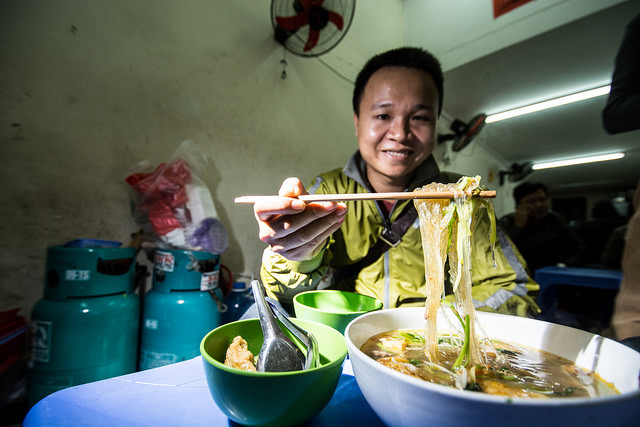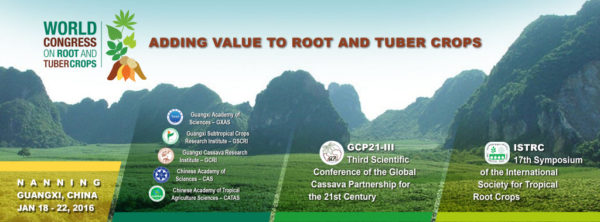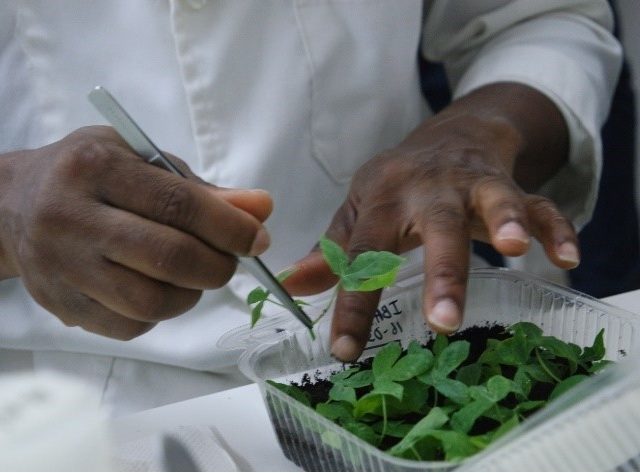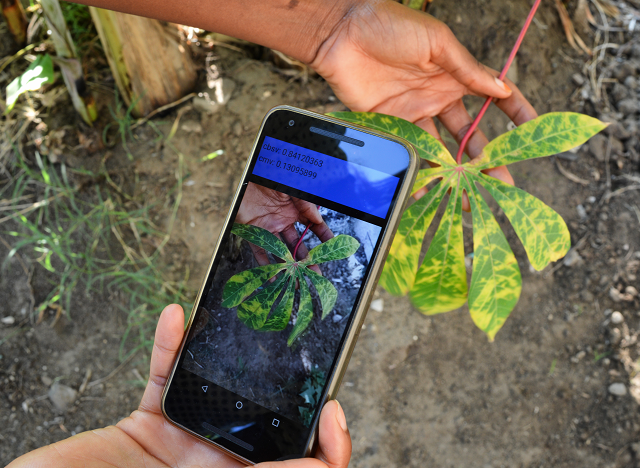You may never have heard of it before. A globetrotting crop by all accounts, it’s thought to have been introduced into Southeast Asia in the Philippines from Mexico in the 19th Century.
As our diet becomes ever more complex, cassava – or tapioca – a root crop like sweetpotato originally from South America, has been transformed far from it’s center of origin and today in Asia, can be found in everything from noodles to sweeteners, street food snacks, industrial products, pharmaceutical products, even biofuel.
It is still eaten as a staple crop in the region, steamed or boiled and eaten as a carbohydrate staple, especially in mountainous areas where few other crops grow. But in various forms including starch, root and tuber crops supply an increasingly diverse and lucrative market.
Asia is now the world’s largest trader of cassava and cassava products. Farmers cultivate cassava on their small plots of land because they do not have to spend a lot of time looking after it, and it brings in a good income, and it is relatively climate-hardy: it can grow well despite low rainfall, poor soil fertility and temperature increases.
Global demand in the carbohydrate market for cassava is on the rise, driving a billion-dollar industry. This burgeoning market represents a huge opportunity for poor smallholder farmers to earn a better income from a crop which requires little investment and can grow on very poor soil.
Driving a billion-dollar industry
Yet the food security agenda in Asia-Pacific is dominated by grain crops, rice and wheat, despite the fact that cassava – and other root and tuber crops like potato, sweetpotato – are a staple food for poor farming households, especially among ethnic minorities.
Root and tuber crops are directly consumed in a variety of traditional fresh and processed foods. They also play an increasing important role as a source of income – both in urban fresh markets and from processing in food and non-food industries – enabling families to buy other sources of food.
Opportunities for both women and men to gain from these value chains could be better understood, and research is underway to investigate how poorer smallholder farmers can benefit most. The FoodSTART+ initiative, part of the CGIAR Research Program on Roots, Tubers and Bananas, to be launched in Asia in early 2016, is one such example.
When disaster strikes
The crop is grown in a rapidly and dramatically changing environment, characterized by climate change, population pressure, fast changing land use patterns, low input use and low soil fertility, driving the emergence of new pests and diseases and presenting new challenges.
But root and tuber crops are considered buffer crops when disasters like typhoons strike or during acute food scarcity following extreme weather events. Farmers turn to root and tuber crops for an income, or to provide immediate food.
Funded by the European Union through IFAD, the FoodSTART+ project will assess possibilities for poor communities to improve their food security, nutrition, and income earning opportunities by tapping into root and tuber value chains in China, India, Indonesia, Papua New Guinea, the Philippines and Vietnam. CIAT’s work in Asia on root and tuber crops spans decades to improve food security in the region.
This new project is part of a wider strategic research initiative to investigate urban and informal markets, distribution dynamics and gender relations to understand rapidly changing food supply chains in Asia.
Next year there will be a major focus on root and tuber crops in the region, during the World Congress on Root and Tuber Crops in Nanning, China, January 18-22.




